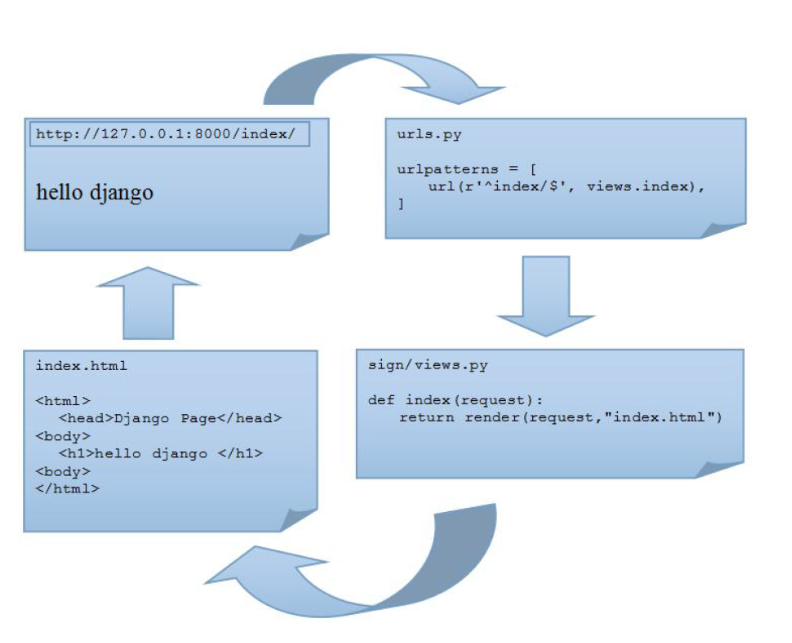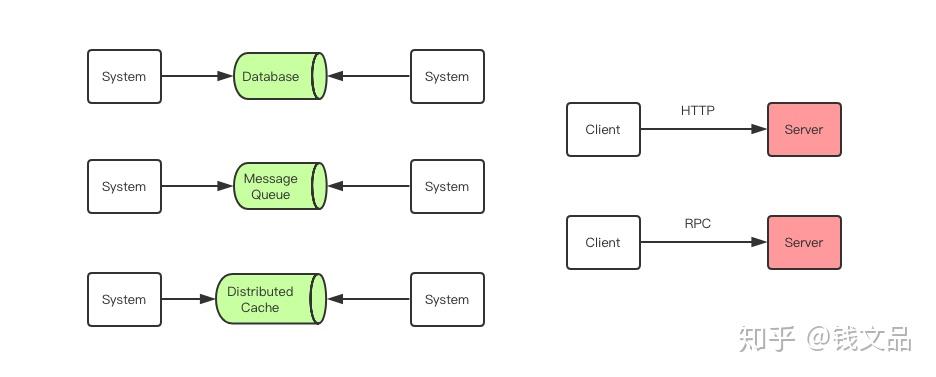I was wondering if someone could guide me on how to accomplish the following,
The user has a title bar, when the user holds the title bar and drags down; it shows the user a different view. This is a view residing in a tabhost.
It is similar to android's default statusbar.
You should try to accomplish this (an AccordionView-like behavior) using ViewFlipper with RelativeLayout children and attached OnTouchListeners on the headers. It worked for me.
Sample application
main.xml //inside res/layouts
<?xml version="1.0" encoding="utf-8"?>
<RelativeLayout xmlns:android="http://schemas.android.com/apk/res/android"
android:layout_width="fill_parent" android:layout_height="fill_parent">
<ViewFlipper android:id="@+id/flipper"
android:layout_width="fill_parent" android:layout_height="fill_parent">
<RelativeLayout android:layout_width="fill_parent" android:layout_height="fill_parent">
<TextView android:id="@+id/txt_states" android:text="First panel"
android:layout_centerHorizontal="true"
android:textSize="18dp" android:textStyle="bold" android:textColor="@android:color/white"
android:layout_width="wrap_content" android:layout_height="wrap_content" />
<Button android:id="@+id/btn_next" android:text="@string/goto_second"
android:layout_width="fill_parent" android:layout_height="wrap_content"
android:gravity="center_horizontal" android:layout_centerHorizontal="true" android:layout_alignParentBottom="true"/>
<TextView android:id="@+id/txt_content1" android:text="@string/loremipsum1"
android:layout_width="fill_parent" android:layout_height="fill_parent"
android:layout_below="@id/txt_states" android:layout_above="@id/btn_next"
android:layout_marginTop="10dp" />
</RelativeLayout>
<RelativeLayout android:layout_width="fill_parent" android:layout_height="fill_parent">
<Button android:id="@+id/btn_prev" android:text="@string/goto_first"
android:layout_width="fill_parent" android:layout_height="wrap_content"
android:gravity="center_horizontal" android:layout_centerHorizontal="true" />
<TextView android:id="@+id/txt_commands" android:text="Second panel"
android:layout_centerHorizontal="true"
android:textSize="18dp" android:textStyle="bold" android:textColor="@android:color/white"
android:layout_width="wrap_content" android:layout_height="wrap_content"
android:layout_below="@id/btn_prev" />
<TextView android:id="@+id/txt_content2" android:text="@string/loremipsum2"
android:layout_width="fill_parent" android:layout_height="fill_parent"
android:layout_below="@id/txt_commands" android:layout_marginTop="10dp" />
</RelativeLayout>
</ViewFlipper>
</RelativeLayout>
androidManifest.xml //activity declaration only
<activity android:name=".AccordionSample" android:label="@string/app_name">
<intent-filter>
<action android:name="android.intent.action.MAIN" />
<category android:name="android.intent.category.LAUNCHER" />
</intent-filter>
</activity>
AccordionSample.java //your main activity
import android.app.Activity;
import android.os.Bundle;
import android.view.MotionEvent;
import android.view.View;
import android.widget.Button;
import android.widget.ViewFlipper;
public class AccordionSample extends Activity implements View.OnTouchListener
{
private float oldTouchValue;
private ViewFlipper flipper;
private Button currentButton;
@Override
protected void onCreate(Bundle savedInstanceState)
{
super.onCreate(savedInstanceState);
setContentView(R.layout.main);
flipper = (ViewFlipper)findViewById(R.id.flipper);
findViewById(R.id.btn_prev).setOnTouchListener(this);
findViewById(R.id.btn_next).setOnTouchListener(this);
}
private boolean onButtonTouchEvent(MotionEvent touchevent)
{
if (currentButton == null)
return false;
switch (touchevent.getAction())
{
case MotionEvent.ACTION_DOWN:
{
oldTouchValue = touchevent.getY();
break;
}
case MotionEvent.ACTION_UP:
{
float currentY = touchevent.getY();
final float diff = oldTouchValue - currentY;
if ((diff < -100) && (currentButton.getId() == R.id.btn_prev))
{
//Up --> Bottom
flipper.setInAnimation(AccordionAnimation.inFromTopAnimation());
flipper.setOutAnimation(AccordionAnimation.outToBottomAnimation());
flipper.showNext();
}
else if ((diff > 100) && (currentButton.getId() == R.id.btn_next))
{
//Bottom --> Up
flipper.setInAnimation(AccordionAnimation.inFromBottomAnimation());
flipper.setOutAnimation(AccordionAnimation.outToTopAnimation());
flipper.showPrevious();
}
break;
}
}
currentButton = null;
return true;
}
@Override
public boolean onTouch(View v, MotionEvent event)
{
currentButton = (Button)v;
final boolean result = this.onButtonTouchEvent(event);
return result;
}
}
AccordionAnimation.java //for the up and down sliding
import android.view.animation.AccelerateInterpolator;
import android.view.animation.Animation;
import android.view.animation.TranslateAnimation;
public class AccordionAnimation
{
public static Animation inFromBottomAnimation()
{
Animation inFromBottom =
new TranslateAnimation(Animation.RELATIVE_TO_PARENT, 0.0f, Animation.RELATIVE_TO_PARENT, 0.0f,
Animation.RELATIVE_TO_PARENT, +1.0f, Animation.RELATIVE_TO_PARENT, 0.0f);
inFromBottom.setDuration(350);
inFromBottom.setInterpolator(new AccelerateInterpolator());
return inFromBottom;
}
public static Animation outToTopAnimation()
{
Animation outtoTop =
new TranslateAnimation(Animation.RELATIVE_TO_PARENT, 0.0f, Animation.RELATIVE_TO_PARENT, 0.0f,
Animation.RELATIVE_TO_PARENT, 0.0f, Animation.RELATIVE_TO_PARENT, -1.0f);
outtoTop.setDuration(350);
outtoTop.setInterpolator(new AccelerateInterpolator());
return outtoTop;
}
public static Animation inFromTopAnimation()
{
Animation inFromTop =
new TranslateAnimation(Animation.RELATIVE_TO_PARENT, 0.0f, Animation.RELATIVE_TO_PARENT, 0.0f,
Animation.RELATIVE_TO_PARENT, -1.0f, Animation.RELATIVE_TO_PARENT, 0.0f);
inFromTop.setDuration(350);
inFromTop.setInterpolator(new AccelerateInterpolator());
return inFromTop;
}
public static Animation outToBottomAnimation()
{
Animation outtoBottom =
new TranslateAnimation(Animation.RELATIVE_TO_PARENT, 0.0f, Animation.RELATIVE_TO_PARENT, 0.0f,
Animation.RELATIVE_TO_PARENT, 0.0f, Animation.RELATIVE_TO_PARENT, +1.0f);
outtoBottom.setDuration(350);
outtoBottom.setInterpolator(new AccelerateInterpolator());
return outtoBottom;
}
}
strings.xml //inside res/values
<?xml version="1.0" encoding="utf-8"?>
<resources>
<string name="goto_first">Slide down to see the first panel</string>
<string name="goto_second">Slide up to see the second panel</string>
<string name="loremipsum1">Lorem ipsum dolor sit amet...</string>
<string name="loremipsum2">Sed ut perspiciatis unde omnis iste...</string>
<string name="app_name">AccordionSample</string>
</resources>
Edit
If you'd like to split your different views into different layout xmls, say
- first_view.xml and
- second view.xml,
you should modify your onCreate method:
flipper = (ViewFlipper)findViewById(R.id.flipper);
LayoutInflater inflater = getLayoutInflater();
final View firstView = inflater.inflate(R.layout.first_view, flipper, false);
flipper.addView(firstView);
final View secondView = inflater.inflate(R.layout.second_view, flipper, false);
flipper.addView(secondView);
firstView.findViewById(R.id.btn_next).setOnTouchListener(this);
secondView.findViewById(R.id.btn_prev).setOnTouchListener(this);
Edit
or more elegantly and efficiently, simply just include the layout xmls you've created for the different views into your main.xml:
<?xml version="1.0" encoding="utf-8"?>
<RelativeLayout xmlns:android="http://schemas.android.com/apk/res/android"
android:layout_width="fill_parent" android:layout_height="fill_parent">
<ViewFlipper android:id="@+id/flipper"
android:layout_width="fill_parent" android:layout_height="fill_parent">
<include android:id="@+id/flipping_view_1" layout="@layout/flipping_view_1" />
<include android:id="@+id/flipping_view_2" layout="@layout/flipping_view_2" />
</ViewFlipper>
</RelativeLayout>
where
- the
layout/flipping_view_1.xml
contains the first RelativeLayout,
and
- the
layout/flipping_view_2.xml
contains the second RelativeLayout
of the ViewFlipper inside your original main.xml.
To learn more about the reusability of android layouts, and layout techniques overall, you should take a look at Romain Guy's great post covering layout tricks.
See these two posts for pointers - Android: Have an arbitrary View slide under another View like the software keyboard does and How can I make my page slide as the user slides finger on the screen?




